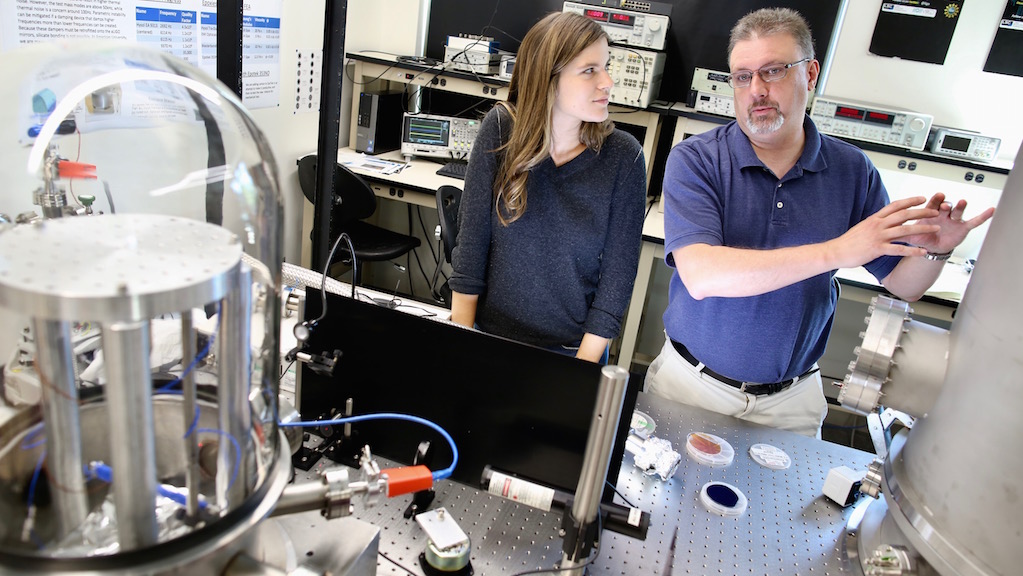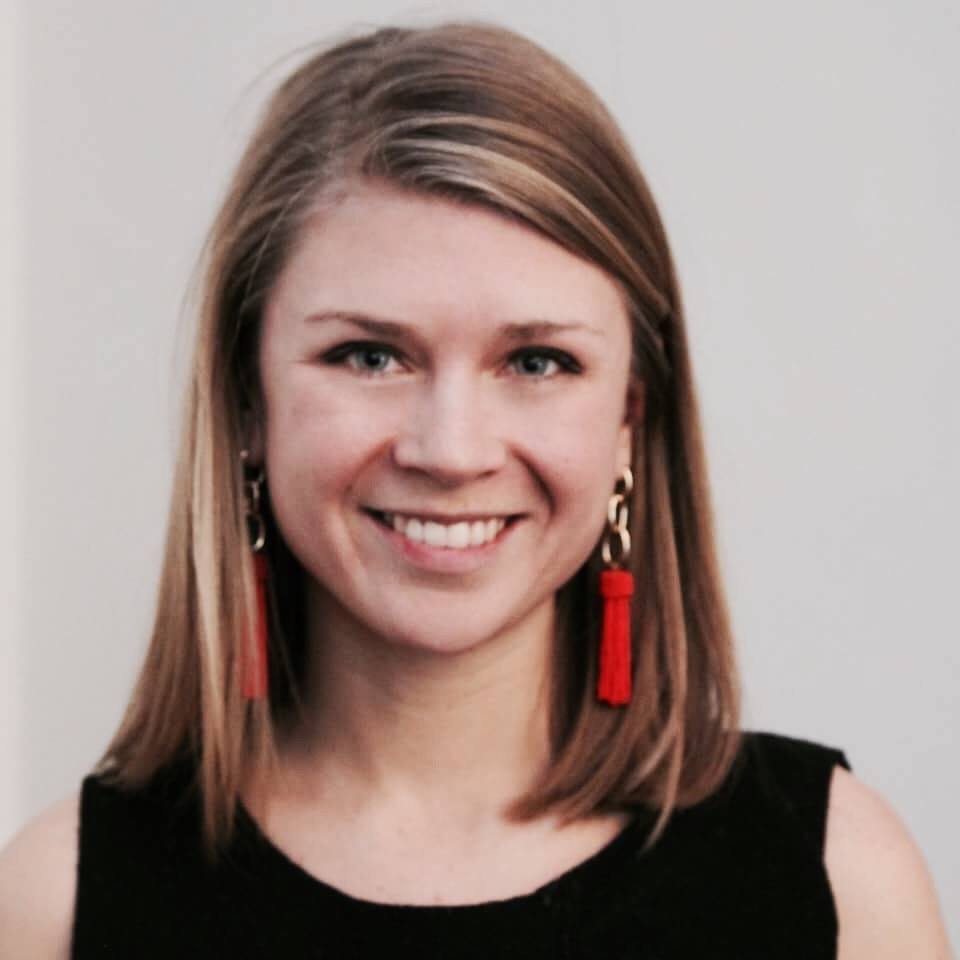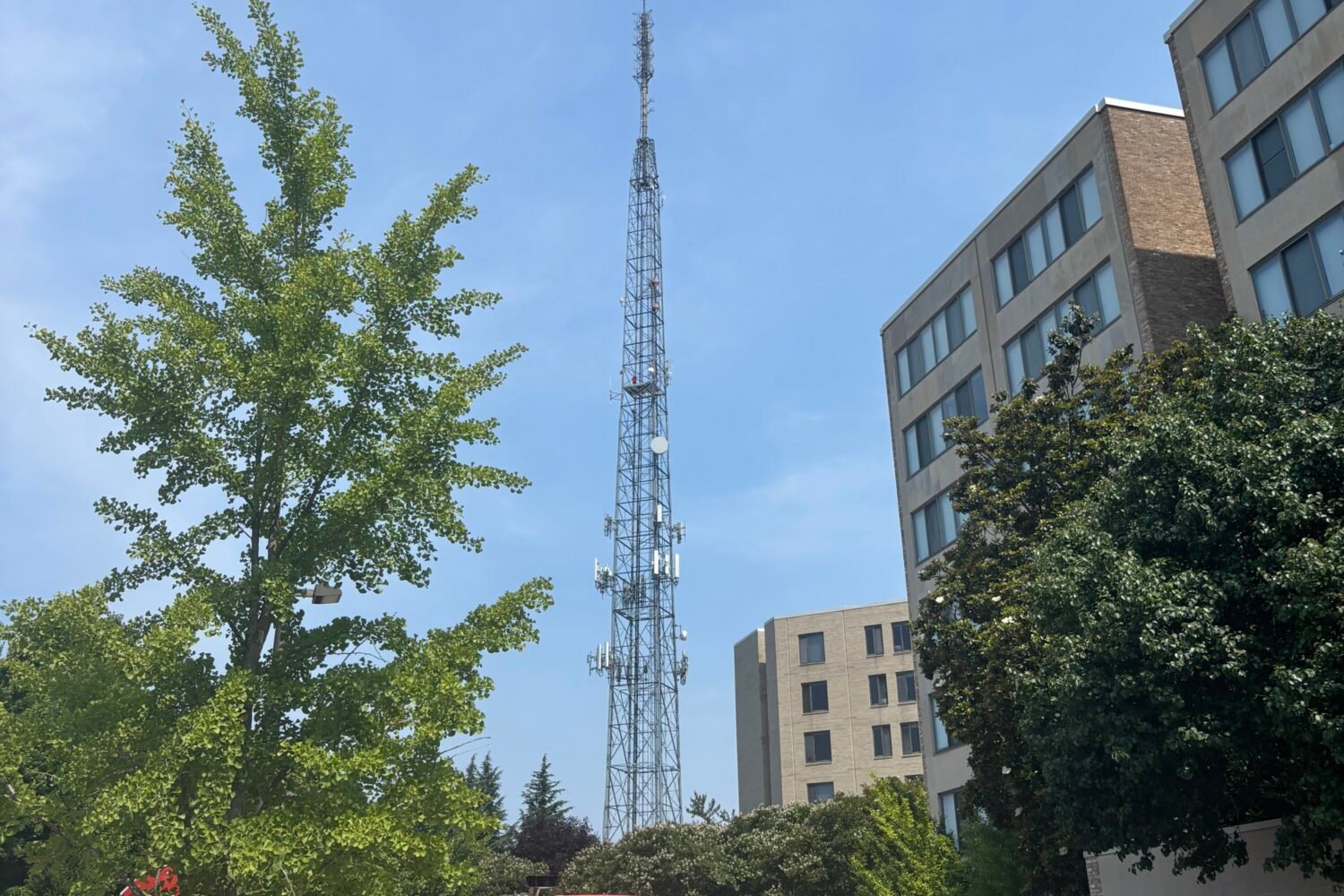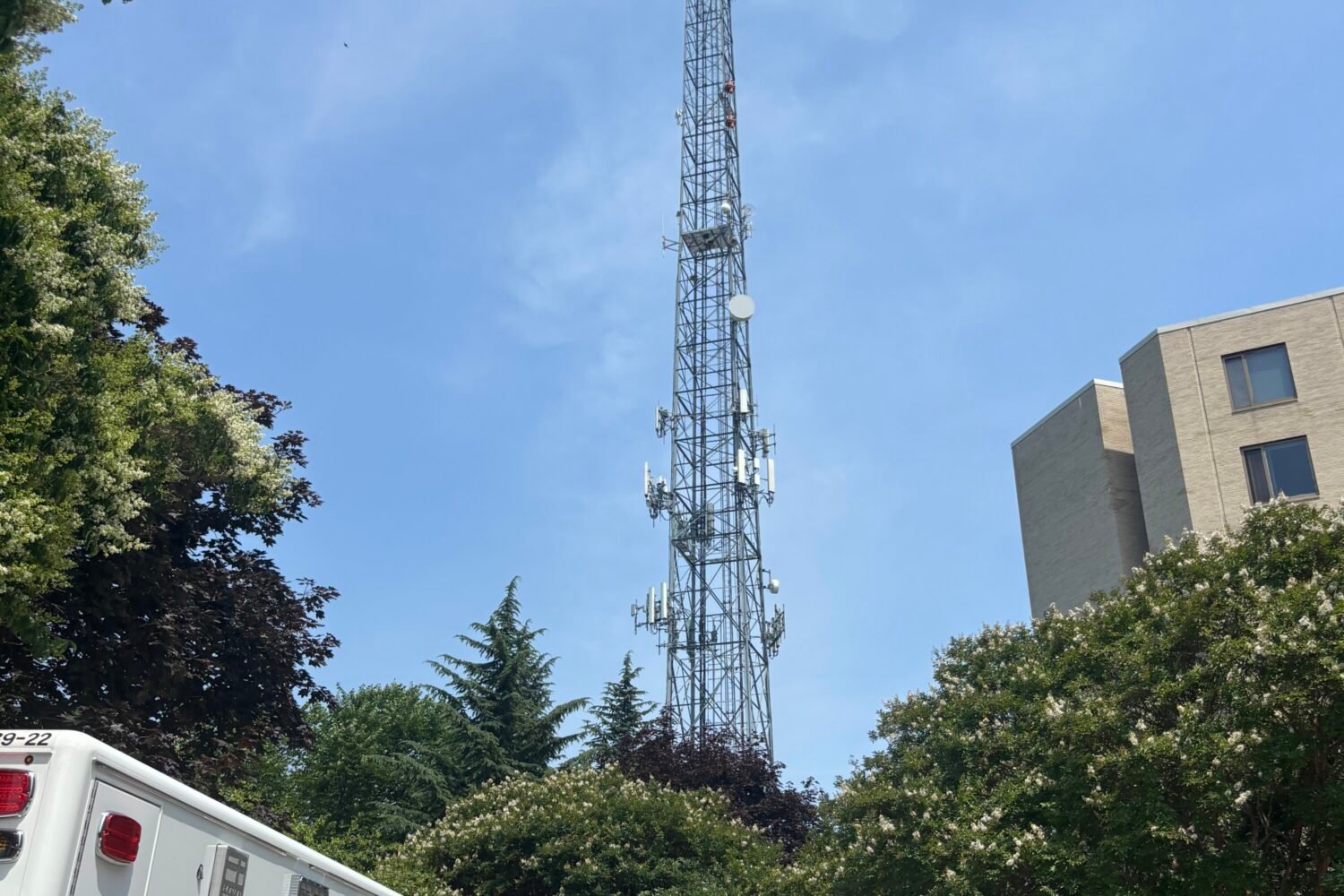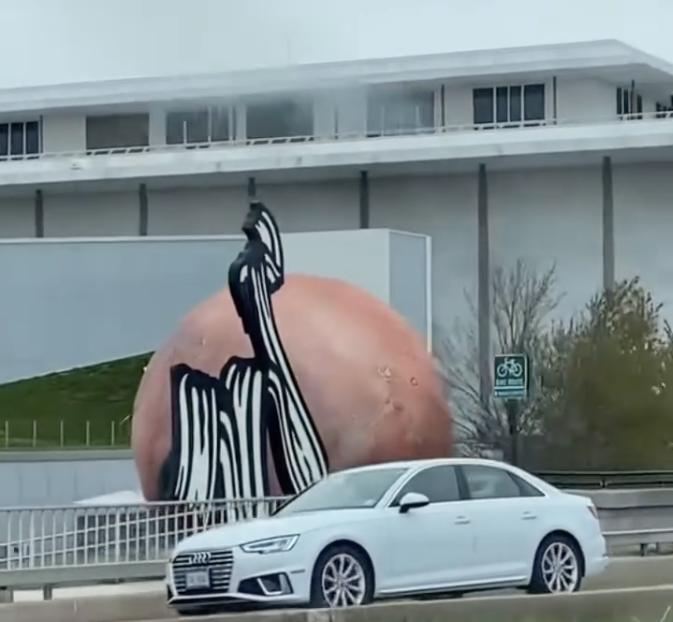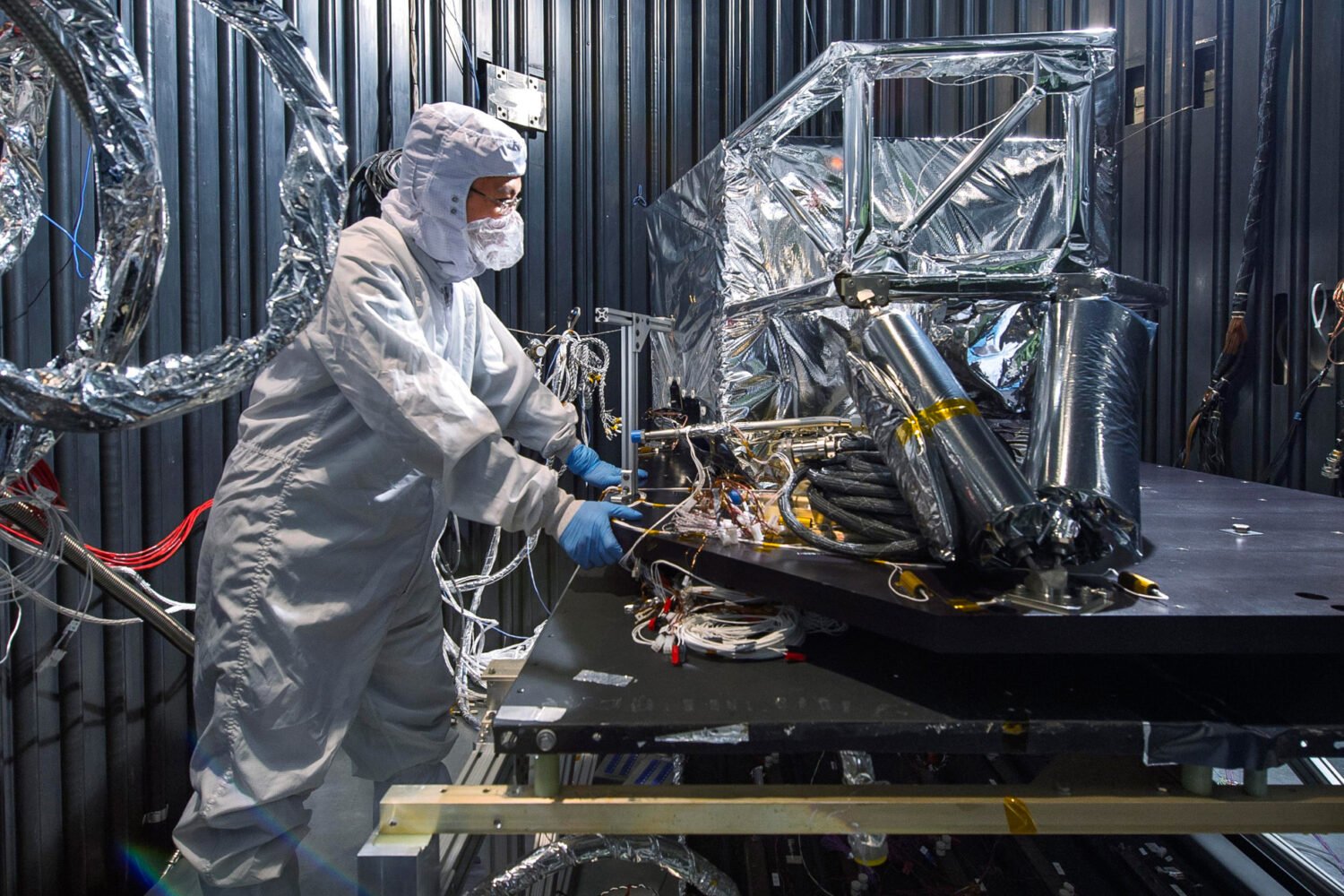Space enthusiasts around the world geeked out over the announcement Monday of an exciting development in the field: the Laser Interferometer Gravitational-Wave Observatory, or LIGO, had for the first time detected gravitational waves caused by the collision of two neutron stars. The cosmic event–which was observed not only by LIGO facilities in the United States, but also by laboratories and telescopes in 70 other countries–marked a significant milestone for astronomers.
American University Professor Gregory Harry and his student, Maya Kinley-Hanlon, already knew about the breakthrough. They both worked on AU’s collaboration with LIGO, and found out about the cosmic event when it was first detected in mid-August.
“A lot of times when exciting things happen, we’re not allowed to talk about it for months,” says Kinley-Hanlon, who has been working on LIGO research with Harry since she was a sophomore. In the time that Kinley-Hanlon, 22, has worked on the research with Harry, there have been remarkable developments in the field of research involving gravitational waves. Back in February 2016, LIGO detectors made their first detection of ripples created by the collision of two black holes, providing strong support for Albert Einstein’s theory of relativity.
“You can’t really prove a theory, but it was exactly what you would expect,” says Harry, explaining how the behavior of the gravitational waves aligned with Einstein’s proposition that time and space are relative. “Using Einstein’s theory, this is exactly what you would get.”
The discovery was certainly exciting for the professor, who has devoted much of his career to the study of gravitational waves. But it was also significant for Kinley-Hanlon, who couldn’t have envisioned such significant breakthroughs when she first started studying under Harry. Hailing from Portland, Oregon, Kinley-Hanlon decided to come to AU for its physics program, and was drawn to Harry’s lab for its “hands-on, experimental research.” She feels lucky to have come into the field before these major breakthroughs.
“I came in as a sophomore before the first detection happened,” she says. “I was able to learn about about LIGO from the perspective of how it had been looked at since its conception, which was pre-discovery [of gravitational waves].”
While the two main LIGO detectors are located in Louisiana and Washington state, more than 80 scientific institutions are involved in the collaboration. In Harry’s lab at AU, the professor and Kinley-Hanlon look specifically at how coatings on the mirrors that are used to detect the waves can be improved. Thanks to their work with LIGO, both of their names are included on the research paper that announced the neutron-star collision.
For Kinley-Hanlon, who’s now a senior, it’s pretty cool to be part of such a major scientific collaboration at such a young age. She’s currently applying to graduate schools that collaborate with LIGO so that she can continue the research she’s been working on.
“It’s a very unique collaboration,” she says. “All the events I’ve ever gone to, people are really supportive and everyone is very much working toward the same goal, and has been for so long. It’s always a nice experience. I have no reason to leave it.”
And as Harry explains, he and Kinley-Hanlon are likely to discover a whole lot more in their lifetimes. “Even if we just keep seeing black holes and neutron stars, as we get more sensitive we’ll see more clearly what exactly the waves look like,” he says. “In that sense, we’re really at the very beginning of a whole new field, and that’s exciting.

